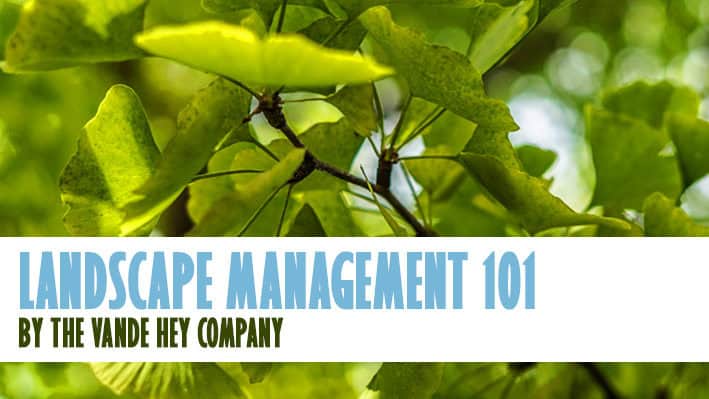
May 6, 2020
The weather is finally warming up, spring is in the air, and we cannot wait to get to work in our gardens! We survived the “April in Wisconsin Gauntlet” and all 5,236 different types of weather it threw at us. Now it is May! Everything is greener, brighter, and warmer! Let’s get to work! EARLY…

March 31, 2020
April Showers bring May… Well, we sure hope for showers instead of snow this year! As things continue to warm up, we can all get more and more active in the backyard! Here’s our list of things you can do in April!

March 16, 2020
You’re sitting inside waiting for the snow to melt and the ground to thaw so you can finally get started on your garden and landscaping—it’s kind of like watching paint dry, but worse. Someone keeps adding paint (or in our case, snow). What’s the solution? Stop staring at the paint! Our horticultural experts at Vande…

